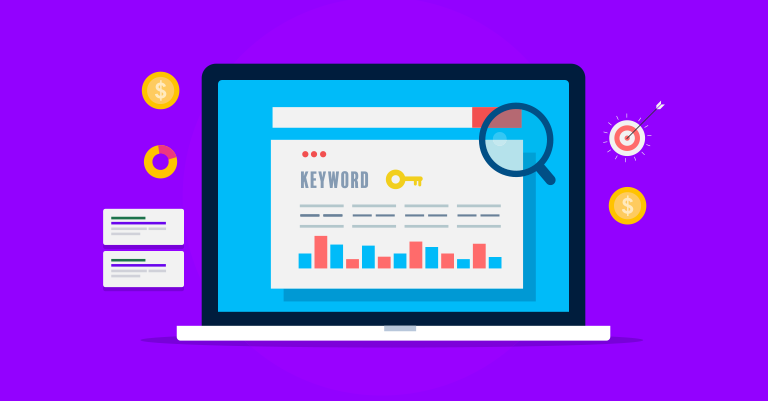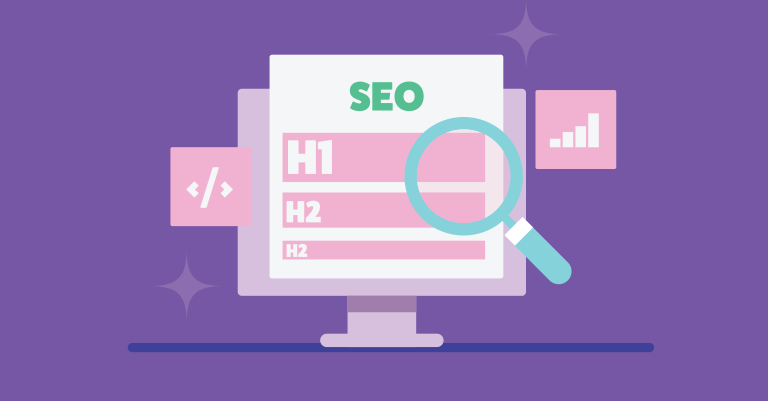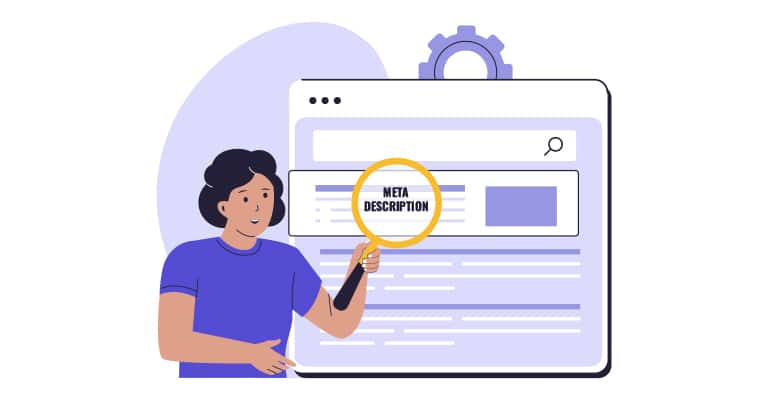Do you constantly scratch your head and wonder why your website isn’t getting the love it deserves? If so, you’ve come to the right place! This post dives deep into the world of on-page SEO. If you’re ready, let’s begin our on-page SEO adventure!
What is On-Page SEO?
Before we dive in, let’s walk through the basics. On-page SEO refers to optimizing individual web pages to rank higher and earn more relevant traffic in search engines. It encompasses both the content and HTML source code of a page that can be optimized.

Understanding the Basics
On-page SEO is like dressing up your website for a first date with Google. You want to look your best and make a great first impression. This involves optimizing your content, improving user experience, and ensuring your site is technically sound.
Content is King
You’ve probably heard this a thousand times. High-quality, useful, engaging, and relevant content can significantly improve your SEO. Think of your content as the main course of a meal. It should be delicious and satisfying and leave your visitors wanting more.
The Role of HTML
Ah, HTML – the unsung hero of on-page SEO! Your HTML code should be clean, well-structured, and optimized. This includes using the right tags and attributes and ensuring your website is mobile-friendly.
The Importance of Keywords

Keywords are the bread and butter of SEO. They’re the search terms that users type into search engines. The better you understand and implement them, the more likely you’ll attract the right audience.
Keyword Research
Effective keyword research is like finding the perfect fishing spot. You need to know where your audience is and what they’re searching for. Use tools like Google Keyword Planner, Ahrefs, or SEMrush to find those golden keywords.
Long-Tail Keywords
Don’t just focus on short, highly competitive keywords. Long-tail keywords are usually less competitive and more specific. They can drive highly targeted traffic to your site. Think of them as the dark horse of SEO – small but mighty.
Keyword Placement
Once you’ve found your keywords, it’s time to sprinkle them throughout your content. But remember, moderation is key. Overstuffing your content with keywords is like putting too much salt in your food – it ruins the experience.
Crafting SEO-Friendly Titles and Headings

Your title and headings are the first things users see; they play a significant role in SEO. Make them count!
The Power of an Engaging Title
Your title should be catchy and relevant and include your primary keyword. It’s like the cover of a book; it should entice readers to dive in. Use numbers, questions, or interesting adjectives to make it stand out.
Headings Structure
Structure your content using headings (H1, H2, H3, etc.). Doing so makes your content easier to read and helps search engines understand the hierarchy of your information. Think of them as signposts guiding your readers through your content.
Keywords in Headings
Incorporate your primary and secondary keywords into your headings. But remember, it should feel natural and not forced. Your headings should still make sense and provide value.
Meta Descriptions and Tags

Meta descriptions and tags might seem like small details, but they can greatly impact your SEO. They provide information about your page’s content to search engines and users.
Crafting the Perfect Meta Description
Your meta description should be a concise summary of your page’s content. It should be engaging, include your primary keyword, and be within 160 characters. Think of it as your elevator pitch – short, sweet, and to the point.
Title Tags
Your title tag is one of the most important on-page SEO elements. It should be unique for each page, include your primary keyword, and be within 60 characters. It’s like the headline of a news article – it should grab attention immediately.
Alt Tags for Images
Don’t forget about your images! Use alt tags to describe your images and include relevant keywords. This not only helps with SEO but also makes your site more accessible.
Creating Quality Content

Quality content is the cornerstone of on-page SEO. It keeps visitors on your site and encourages them to return.
Original and Engaging Content
Your content should be original, engaging, and valuable to your audience. Plagiarism is a big no-no. Think of your content as a conversation with your readers—it should be informative, interesting, and engaging.
User Intent
Understand what your audience is looking for and create content that meets their needs. Are they looking for information, a solution to a problem, or entertainment? Tailor your content accordingly.
Regular Updates
Keep your content fresh and current. Regularly updating your content shows search engines that your site is active and relevant. It’s like keeping your house clean – it makes a good impression and encourages visitors to stay longer.
Optimizing URLs
Your URL structure is another critical aspect of on-page SEO. It should be clean, descriptive, and include your primary keyword.
Clean URLs
Avoid using long, complicated URLs with unnecessary characters. Keep them short, simple, and descriptive. A clean URL is like a clear street sign – it helps users and search engines understand your page’s content
Keywords in URLs
Include your primary keyword in your URL. This helps search engines understand what your page is about and can improve your rankings. But remember, it should still make sense and be relevant to your content.
Consistent Structure
Maintain a consistent URL structure across your site. This makes it easier for search engines to crawl your site and understand the relationship between your pages.
Internal Linking

Internal linking is a powerful on-page SEO strategy. It helps search engines understand your site’s structure and keeps visitors on it longer.
The Importance of Internal Links
Internal links connect your content and give search engines an idea of your site’s structure. They can also help increase visitors’ time on your site, which reduces your bounce rate.
Strategic Placement
Place your internal links strategically. They should be relevant and provide additional value to your readers. Think of them as breadcrumbs guiding your readers to more information.
Anchor Text
Use descriptive anchor text for your internal links. It should include relevant keywords and give readers an idea of what they’ll find when they click the link. Avoid generic phrases like “click here.”
Mobile Optimization

In today’s digital age, mobile optimization is crucial. More people are accessing the internet via mobile devices than ever before.
Responsive Design
Ensure your website has a responsive design that adjusts to different screen sizes. A mobile-friendly site provides a better user experience and can improve your SEO.
Fast Loading Speed
Mobile users expect fast-loading pages. Optimize your images, use caching, and minimize your code to improve your site’s loading speed. Think of it as reducing clutter to make your site run smoothly.
User Experience
Provide a seamless user experience on mobile devices. Ensure your text is readable, buttons are easily clickable, and navigation is straightforward.
User Experience (UX)

User experience is a key factor in on-page SEO. A positive UX can reduce your bounce rate and increase visitors’ time on your site.
Easy Navigation
Make sure your site is easy to navigate. Use clear menus, intuitive design, and a logical structure. Think of your site as a well-organized library – everything should be easy to find.
Readability
Your content should be easy to read. Use short paragraphs, bullet points, and subheadings to separate your text visually. A clean, readable design keeps visitors engaged and encourages them to stay longer.
Visual Appeal
A visually appealing site enhances the user experience. Use high-quality images, a consistent color scheme, and a clean layout. But remember, don’t go overboard – simplicity is key.
Monitoring and Analyzing Performance
Finally, monitor and analyze your site’s performance. This helps you understand what’s working and what needs improvement.
Google Analytics
Use Google Analytics to track your site’s performance. Monitor key metrics like bounce rate, page views, and average session duration. This data provides valuable insights.
Regular Audits
Conduct regular SEO audits to identify any issues and areas for improvement. Use tools like Screaming Frog, Ahrefs, or SEMrush to perform these audits.
Continuous Improvement
SEO is not a one-time task. It’s an ongoing process that requires continuous improvement. Stay updated with the latest SEO trends and adjust your strategies accordingly.
Closing Thoughts Regarding On-Page SEO
There you have it – your ultimate guide to mastering on-page SEO! Remember, SEO is a marathon, not a sprint. It requires patience, consistency, and a willingness to learn. So, keep experimenting, stay curious, and most importantly, have fun!
Let me know if you’d prefer to focus on other aspects of your business – I’d be more than happy to handle all your SEO needs!




